Wine tourism

Don't miss
- during September and October, participate in the grape harvest, a great tourist attraction on the wine tourism farms
- visit the wine producing villages in the Porto and Douro region
- taste the wine and buy a bottle in the Solar do Alvarinho in Melgaço, in the Vinho Verde region
- discover the many museums that are dedicated to wine from the north to the south of Portugal
Portugal is a country of strong wine tradition, and the excellent quality of its wines is recognised across the world, with numerous awards and distinctions won in international competitions. And to appreciate and know them, nothing like visiting the regions where they are produced, and wine tourism is an excellent excuse to also discover the landscapes, heritage, culture and the people who live here.
The Douro and Alentejo regions are where you will find the largest number of places dedicated to wine tourism, but there are wine production units receiving visitors all over the country, including the Algarve. To fully get to know the vineyards, the wineries and taste the wines, why not stay overnight and explore the surrounding area too?
It is in the Alto Douro Wine Region, created in 1756, that Port wine that has always been intended for export is produced. No wonder that there is a centuries old tradition here of welcoming visitors and sharing with them the best that the region has to offer. To start with, there’s the superb scenery of the Douro valley, where man built terraces to plant vines on the region’s rugged slopes. A landscape was produced that was classified by UNESCO as a World Heritage Site, populated by farms traditionally linked to wine. It’s possible to get here from Porto, where the Port Wine Lodges are, and a good way to discover the region is on board a cruise ship, visiting some of the most iconic sites linked to the production of fine wines from the Douro and Porto.
The foundation of Portugal started in the north, the cradle of the oldest noble families who helped our kings in the conquest of the territory. This is why the north, which is the home of vinho verde, boasts so many palaces and manor houses displaying their coats of arms, in which the hospitality is in the best aristocratic tradition. You can stay in many of these houses and farms, where you can have wine tastings and other experiences, such as visits to other features of their heritage. This region also has several historical cities such as Braga, Guimarães, Viana do Castelo, and many others on the coast and in the interior, some of them on the banks of rivers that add extra freshness and fascination.
The central region contains historic cities like Viseu, Coimbra - recently included on the World Heritage list – and Aveiro on the coast, and other charming places like Buçaco with its century old spa. You will also find excellent wine tourism units, some of which are owned by old Portuguese wineries, although they have all have kept up with current trends in wine production and use the most modern production methods. These establishments are well-equipped, and take advantage of their ancient historical legacy, sometimes even including small museums.
The Alentejo is a fertile region in wine tourism units, and it is here that one can find several leading national producers and its quality is appreciated worldwide and was considered the best wine region in the world to visit in 2014 by readers of the prestigious American newspaper USA Today. The wine producing quintas (farms) and herdades (estates) lay within this landscape of vast horizons, and they are also renowned for their hospitality and cuisine. At their centre is Évora, another World Heritage city, whose beautiful, serene historical centre will leave you enchanted. You can also participate in the grape harvest and observe the different stages in the making of a wine. Highlight also goes to Reguengos de Monsaraz, which in 2015 was the European city of the wine and proposes many initiatives which are not to be missed such as astronomical observations with wine tasting, harvesting of grapes to create a commemorative wine, themed events and food and wine dinners.
On the other side of the Atlantic highlight goes to the Madeira wine that has gained fame and prestige in all four corners of the world, a real "treasure" that already in the eighteenth century was appreciated by kings, princes, generals and explorers. Among the grape varieties used for Madeira wine are Sercial, Boal, Verdelho, Tinta Negra and Malvasia, the latter representing the sweet, robust, intensely perfumed red wine. The vines arranged in terraces supported by stone walls, resemble stairs, which in some parts of the island connect the sea to the mountain boasting breathtaking landscapes.
In short, Portugal offers excellent opportunities for wine tourism, often associated with rural tourism and boutique hotels in prime locations. Besides the wines, you can enjoy other farm-produced products, such as fruits and jams, cheeses, olive oils, traditional sweets and the local cuisine itself. Despite their often rustic appearance, don’t be mistaken, because these are modern hotels with wineries and cellars that have invested in advanced technology, some designed by internationally renowned architects.
Find more at www.portuguesewinetourism.com


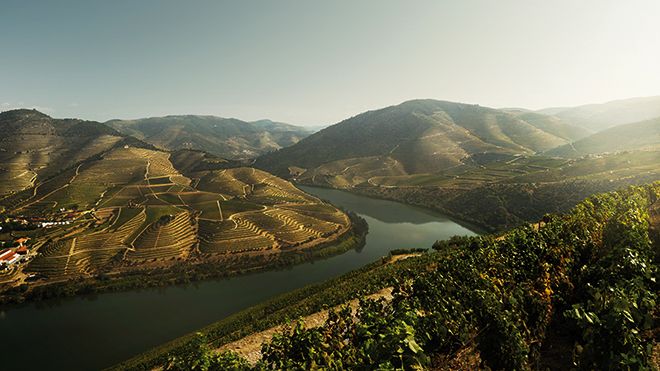



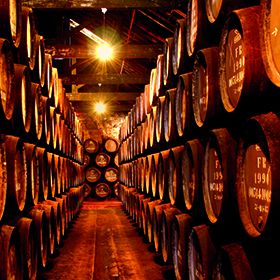
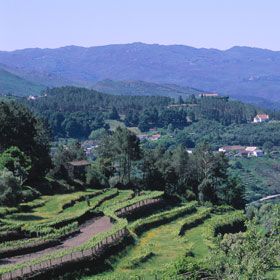

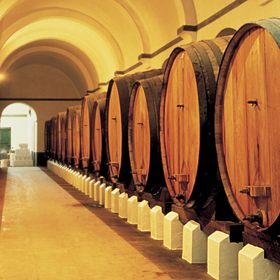
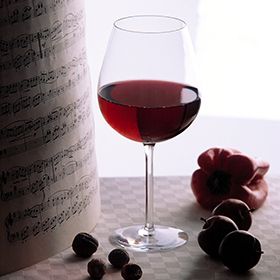

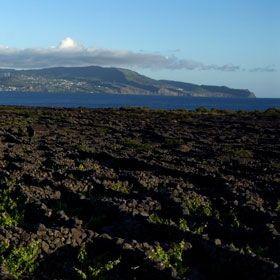
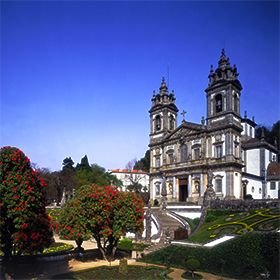

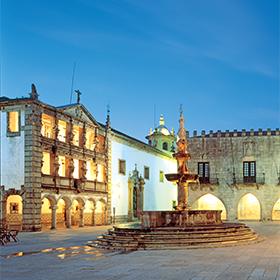
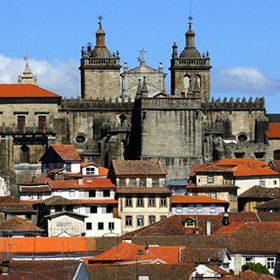
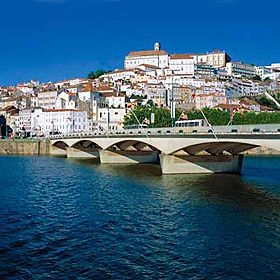
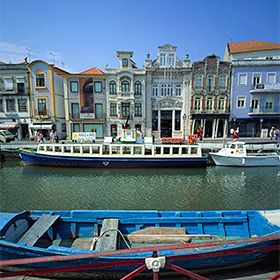
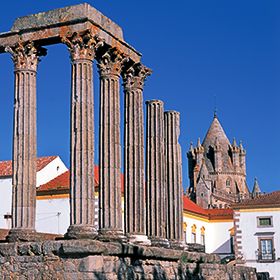
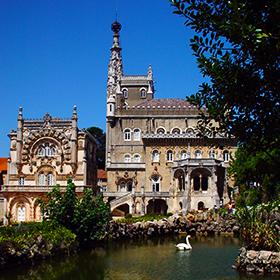


 Explore
Explore 
 Remember and Share
Remember and Share 


